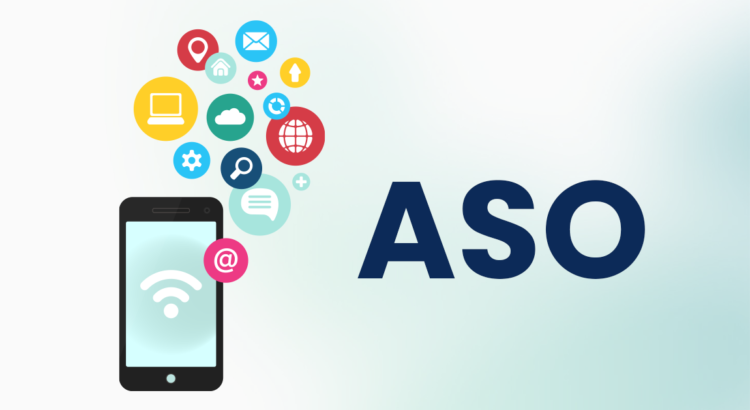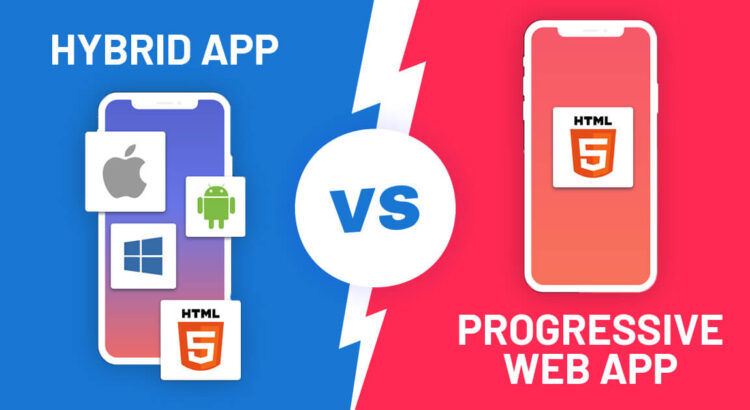In today’s digital age, mobile apps have become an essential part of our daily lives, offering convenience, entertainment, and productivity at our fingertips. With millions of apps available in various app stores, developers face fierce competition to ensure their apps stand out and attract users. This is where App Store Optimization (ASO) emerges as a crucial strategy in mobile app development.
ASO is the process of optimizing mobile apps to rank higher in app store search results and increase visibility to potential users. Much like Search Engine Optimization (SEO) for websites, ASO involves optimizing various elements within the app store listing to improve its discoverability and attractiveness. This includes optimizing the app title, description, keywords, icon, screenshots, and reviews/ratings.
One of the fundamental aspects of ASO is keyword optimization. By researching relevant keywords and integrating them strategically into the app’s title and description, developers can enhance its visibility in app store search results. It’s essential to choose keywords that accurately reflect the app’s purpose and features while also considering their search volume and competition.
The app title plays a significant role in ASO, as it is one of the first things users see when browsing the app store. It should be concise, descriptive, and include relevant keywords to improve search rankings. Additionally, the app icon and screenshots should be visually appealing and effectively communicate the app’s value proposition, enticing users to click and learn more.
Furthermore, optimizing the app’s description with compelling copy and relevant keywords can improve its ranking and encourage users to download. Developers should highlight the app’s unique features, benefits, and any awards or accolades it has received to differentiate it from competitors and attract potential users.
User reviews and ratings also play a crucial role in ASO. Positive reviews and high ratings signal to app store algorithms that the app is valuable and trustworthy, potentially boosting its ranking in search results. Developers should actively encourage satisfied users to leave positive reviews and address any negative feedback promptly to maintain a positive app store reputation.
Regularly monitoring and analysing app store performance metrics, such as downloads, impressions, and conversion rates, is essential for effective ASO. By identifying trends and insights, developers can make data-driven decisions to optimize their app store listing continually and improve its overall performance.
In conclusion, App Store Optimization (ASO) is a fundamental component of mobile app development that can significantly impact an app’s success in today’s competitive app market. By strategically optimizing various elements within the app store listing, developers can increase visibility, attract more users, and ultimately drive downloads and engagement for their app. Investing time and resources into ASO can yield substantial long-term benefits and ensure the success of mobile apps in an increasingly crowded marketplace.





